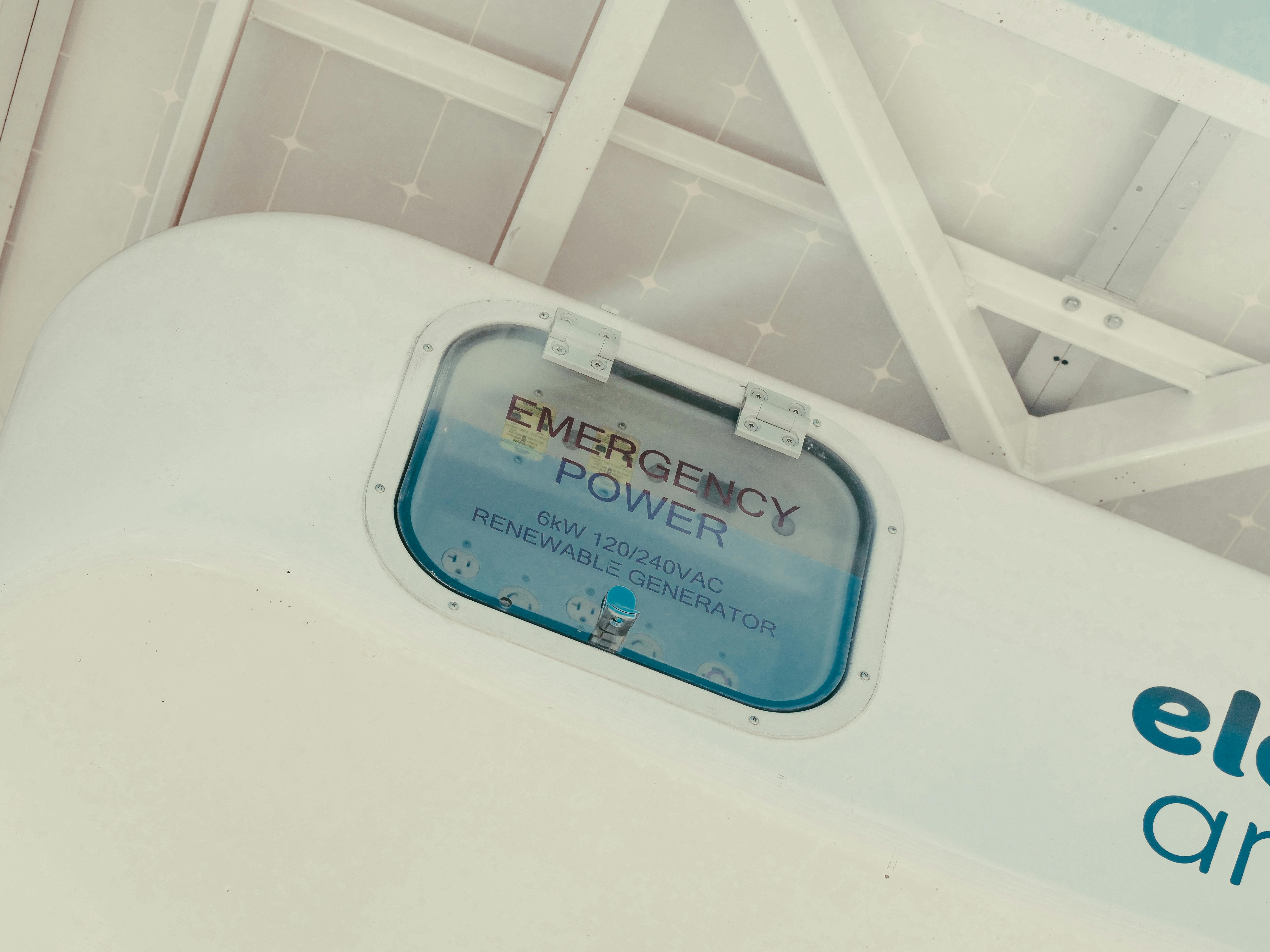"The Emergence of Holographic Technology: A New Dimension in Communication"
Step into a world where science fiction becomes reality. Holographic technology is no longer a far-off dream but an emerging reality, promising to revolutionize the way we communicate, entertain, and educate ourselves. This article delves into the fascinating world of holography and how it's shaping our technological landscape.

Back to Basics: Understanding Holography
Invented in the 1940s by Hungarian-British physicist Dennis Gabor, holography is the process of creating three-dimensional images, known as holograms, with the use of laser light. Gabor’s groundbreaking work in this field won him the Nobel Prize in Physics in 1971. However, it wasn’t until the advent of lasers in the 1960s that the true potential of holography was realized.
Holography in Modern Times: Holographic Displays
Today, holography has moved beyond the realm of science labs and into our everyday lives. One of the most exciting applications of this technology is in the field of displays. Holographic displays, unlike traditional screens, can generate 3D images that appear to float in mid-air, providing an immersive viewing experience that no other technology can match.
The Game Changer: Holographic Communication
Imagine having a conversation with someone who is miles away, but they appear as if they’re in the same room as you. This is the promise of holographic communication, a technology that is set to revolutionize the way we connect with each other. Tech giants like Microsoft are already experimenting with this concept with their product, HoloLens, which uses mixed reality to allow users to interact with holograms in their physical environment.
Market Impact and Price Range of Holographic Technology
The market for holography is estimated to reach $5.5 billion by 2023, driven by the demand for advanced display technology in sectors like healthcare, entertainment, and defense. As for the price, given that it’s a nascent technology, holographic devices are currently on the expensive side. For instance, the HoloLens 2 is priced at around $3,500. However, as the technology matures and becomes more widespread, prices are expected to drop.
The Future of Holography: What Lies Ahead?
As we move forward, the applications of holography are only set to increase. From holographic televisions and smartphones to holographic virtual assistants and even holographic concerts, the possibilities are endless. Moreover, with advancements like volumetric displays, which can project 3D images into space without the need for glasses, the future of holography looks brighter than ever.
In conclusion, holography is a fascinating technology that has the potential to transform various aspects of our lives. While there are still challenges to overcome, particularly in terms of cost and the complexity of creating high-quality holograms, the progress made so far is promising. As we continue to explore this cutting-edge technology, one thing is clear: the future of communication and entertainment is set to be more immersive and interactive than we could have ever imagined.




